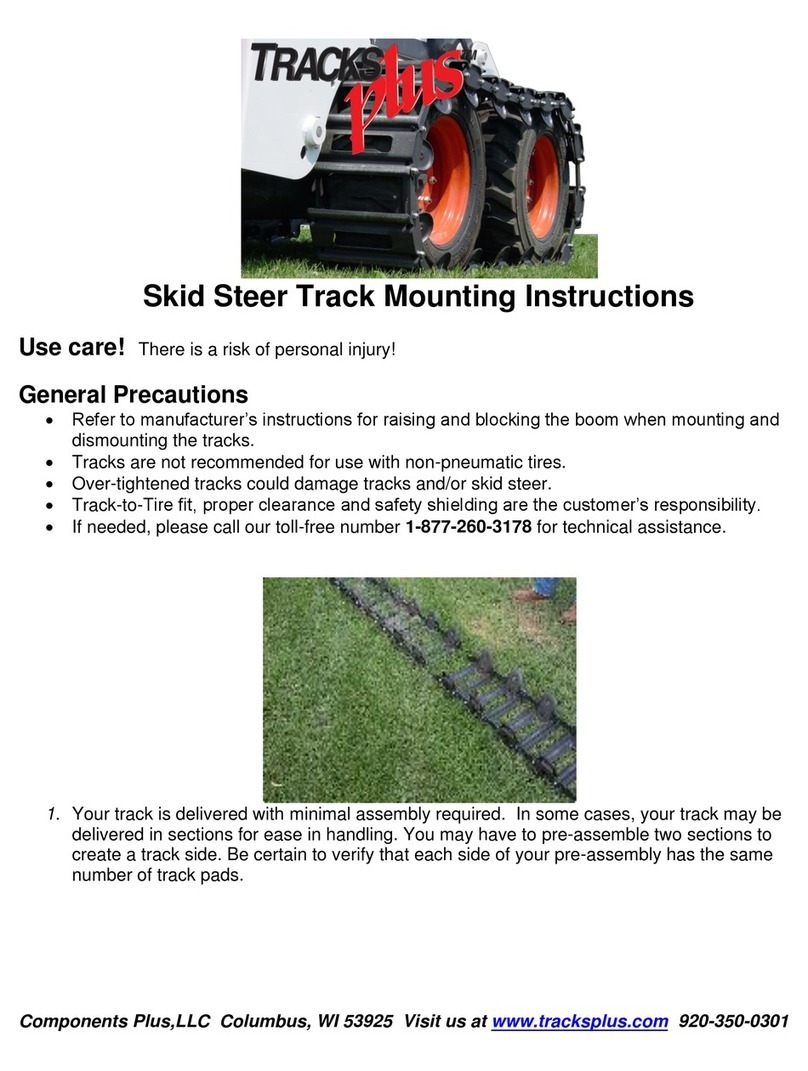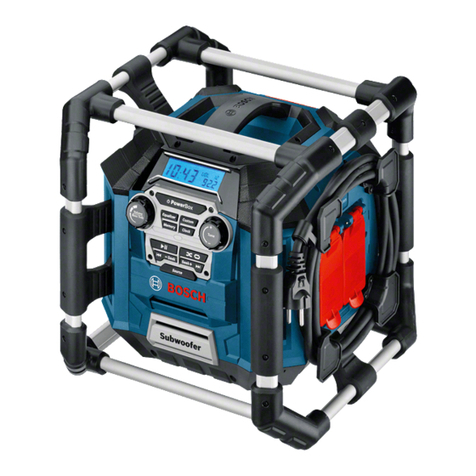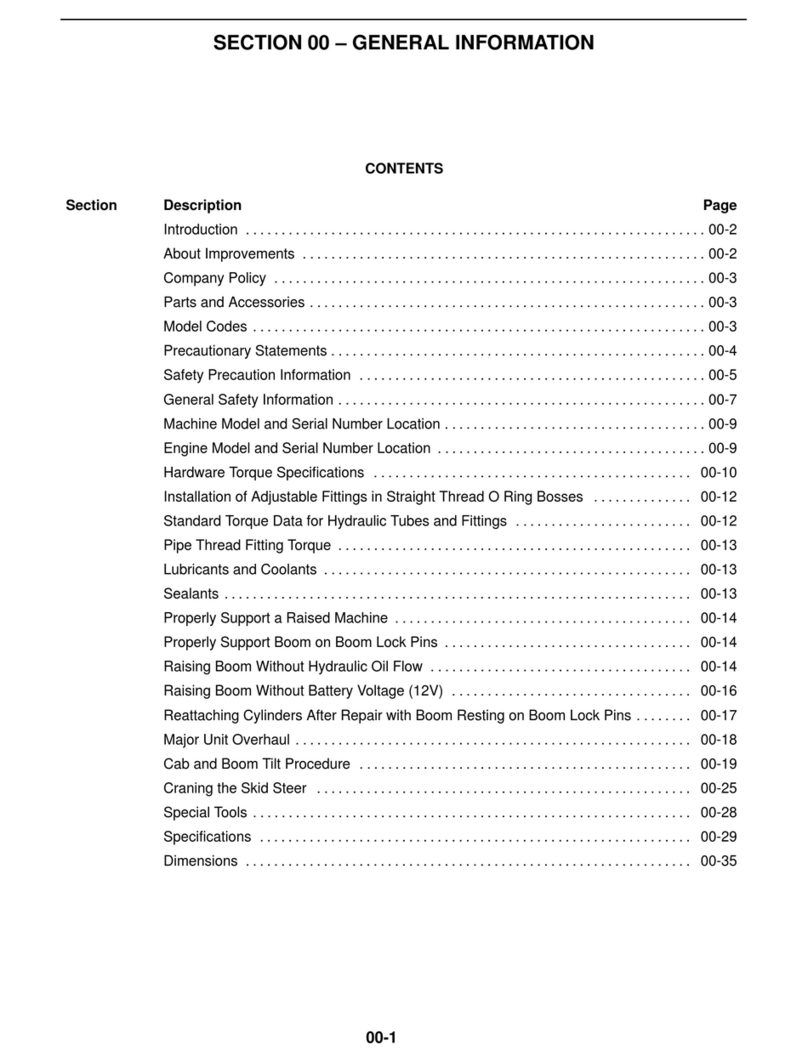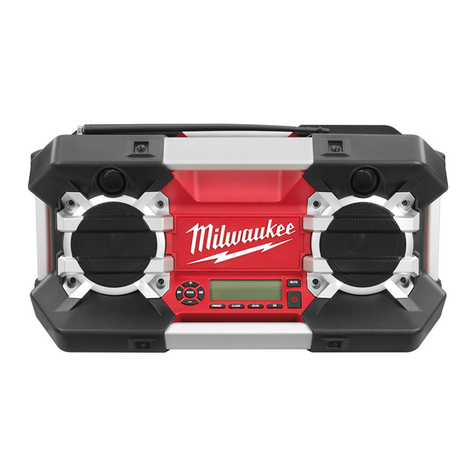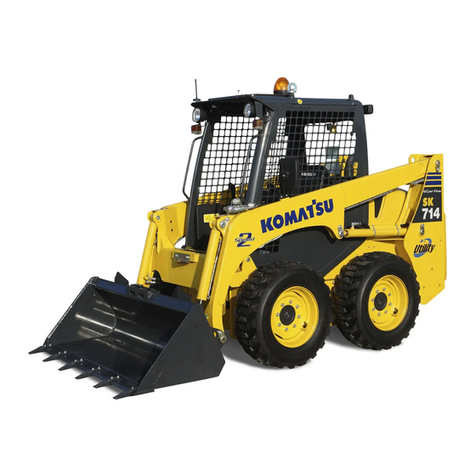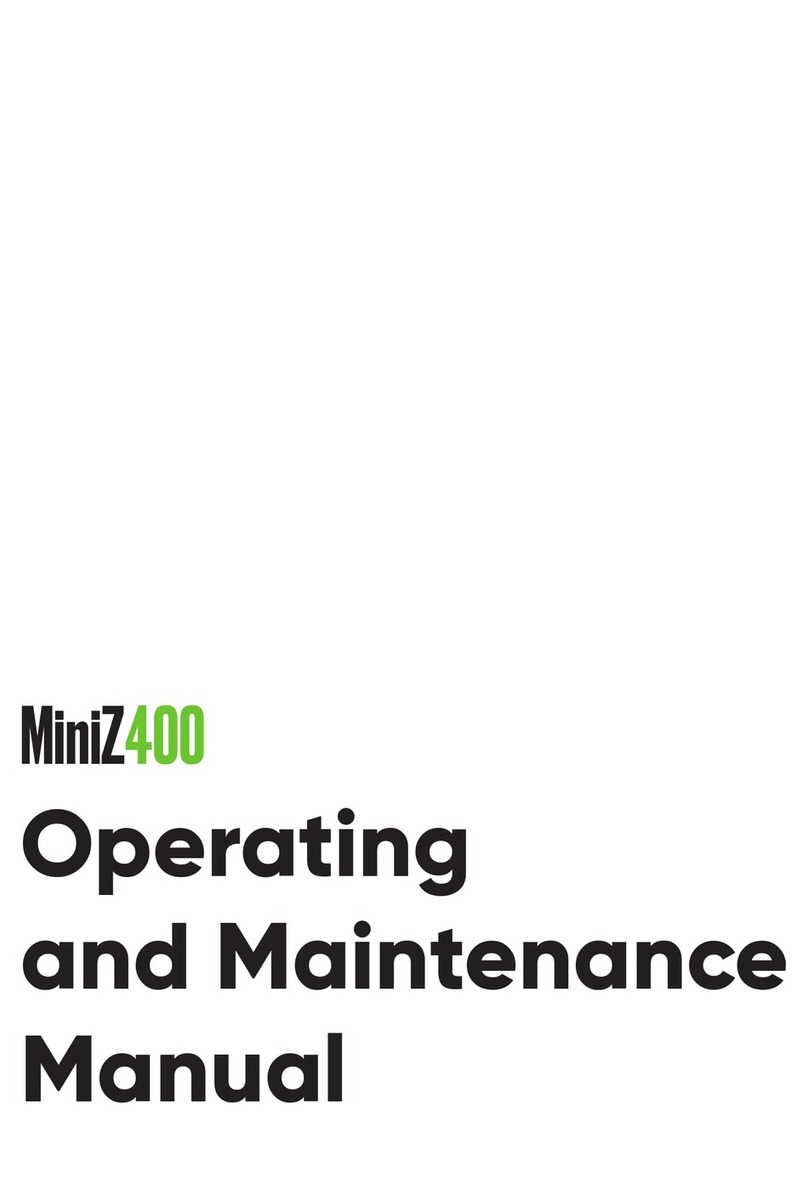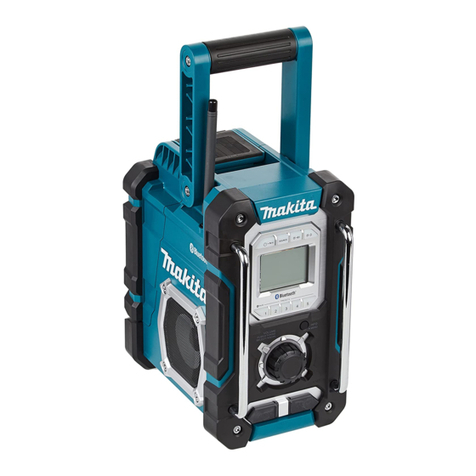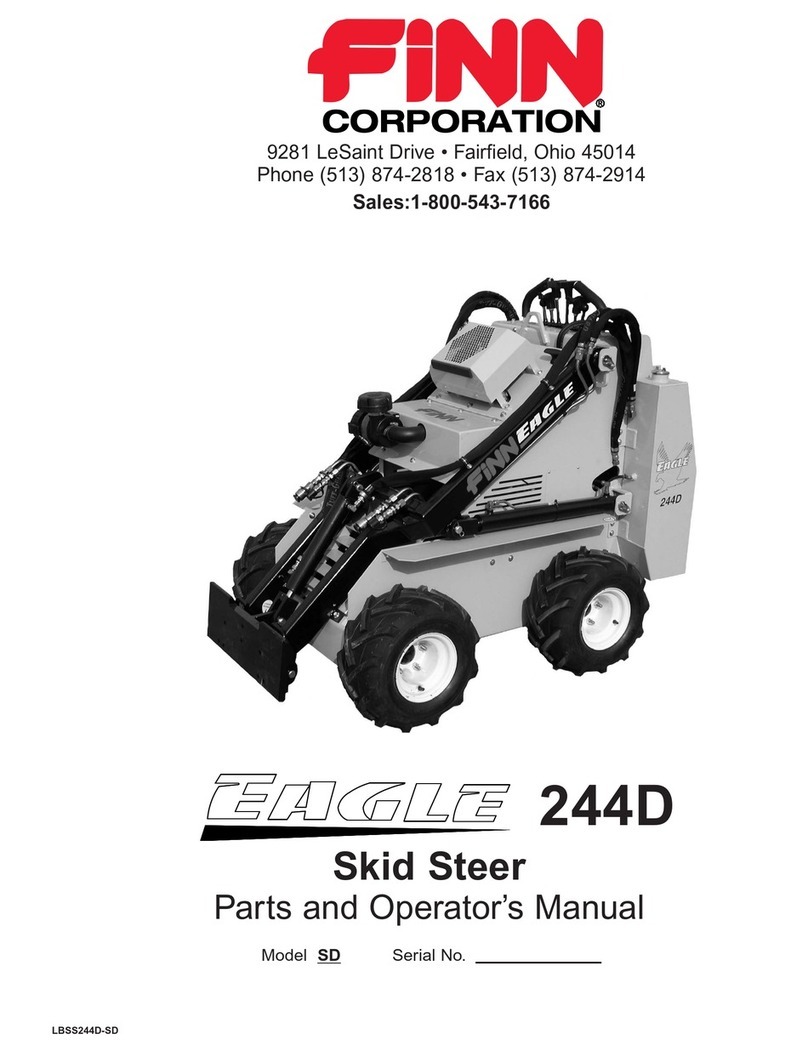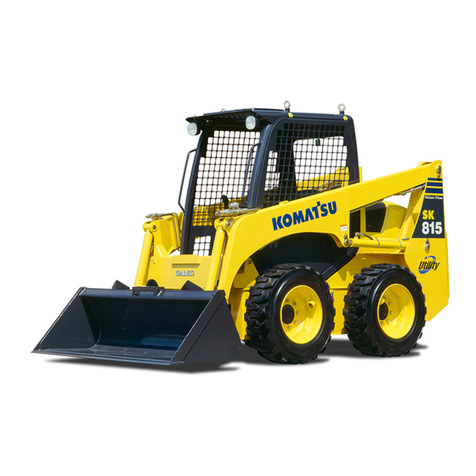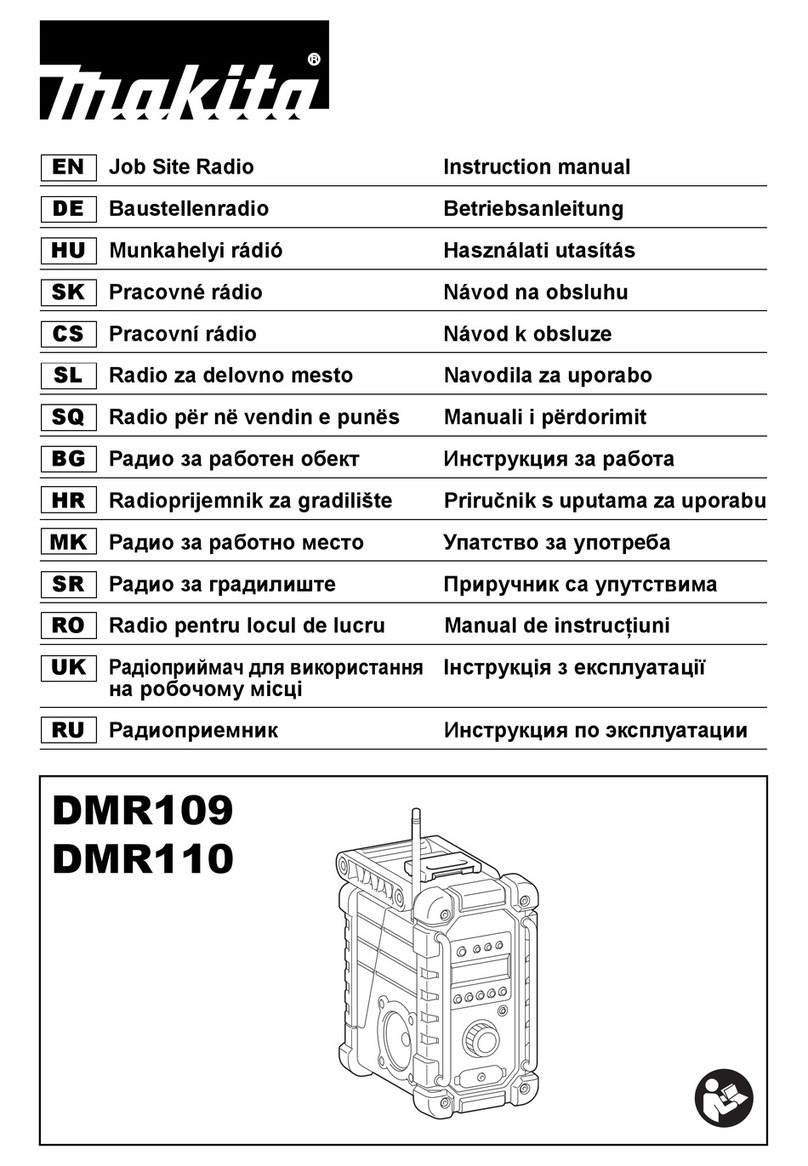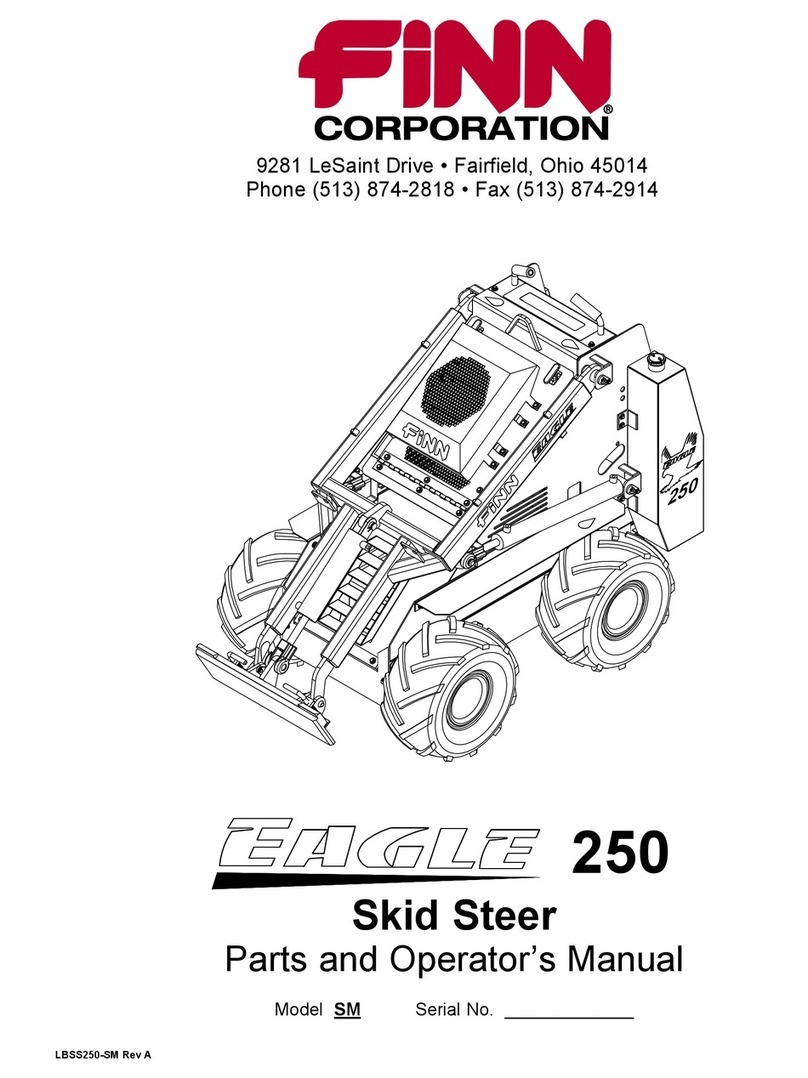
1) DECLARATIONOFCONFORMITY
(Directive2006/42/EC,AnnexII,1A)
2) Manufacture:
3) Address:
4) Technical file compiled by: KATO IMER S.p.A. Technical department manager
5) Address:
6) Herebywedeclarethatthemachinecategory:DUMPER.
7) Type:
8) Serialnumber:
9) Netpowerinstalled(kW/rpm):
10) Isinconformitywiththeprovisionsofthe<<MachineryDirective>>2006/42/EC,as
amendedandtheregulationstransposingitintonationallaw;
11) Alsocomplieswiththeprovisions“noiseemissionintheenvironmentbyequipmentforuse
outdoors”directive2000/14/ECandtheregulationstransposingitintonationallaw
-Machinecategory:dumper,(AnnexI37)
-Conformityassessmentprocedurefollowed: internalcontrolofproductionwith
assessmentoftechnicaldocumentationandperiodicalchecking,annexVI.(1
st
procedure)
-Thenotifiedbody:
-Measuredsoundpowerlevel:
-Guaranteedsoundpowerlevel:
12) Thefollowingrespectiverequirementsfulfill:
13) HarmonizedEN-standardstaken:
14) Place/Date:
15) Name:
16) Position:
FRENCH(Traduction)
1) DECLARATION«CE»DECONFORMITE
(Directive2006/42/CE,annexeII,1A)
2) Nomduconstructeur:
3) Adresse:
4) Fichier technique rédigé par: Directeur technique KATO IMERS.p.A.
5) Adresse:
6) Déclarequelamachinedécriteci-dessousdésignée:TRANSPORTEUR.
7) Typedumateriel:
8) Numérodesérie:
9) Puissancenetinstallée:
10) Estconformeauxdispositionsdeladirective«machines»2006/42/CEmodifiéeetaux
législationsnationaleslatransposant:
11) Estégalementconformeauxdispositionsdeladirective«émissionssonoresdes
équipementsutilisésàl’extérieurdesbâtiments»2000/14/CEetauxlégislationsnationales
latransposant.
-Machine:transporteur,(annexeI 37)
-Procédureappliquéepourl’évaluationdelaconformité:procéduredecontrôleinternedela
production,avecévaluationdeladocumentationtechniqueetcontrôlepériodique,annexVI.
-Organismenotifié:
-Niveaudepuissanceacoustiquemesuré:
-Niveaudepuissanceacoustiquegaranti:
12) Estégalmentconformeauxdispositionsdeladirectivesuivantes:
13) Estconformeauxnormesharmoniséessuivantes:
14) Adresse/Date:
15) Signataire:
16) Qualitedusignataire:
SPANISH(Traducciòn)
1) DECLARACION“CE”DECONFORMIDAD
(Directriz2006/42/CE,anexoII,1A)
2) Fabricante:
3) Direccion:
4) Archivo técnico compilado por: Director técnicoKATO IMERS.p.A.
5) Direccion:
6) Conelpresentedocumentodeclaramosquelamaquinacategoria:TRANSPORTADOR.
7) Tipo:
8) Numerodeserie:
9) Potencianetainstalada:
10) CumplelaDirectrizMaquinas2006/42/CE,incluidaslesmodificationesdelamisma:
11) CumplelaDirectriz2000/14/CEsobre“emisionessonorasenelentornodebidasalas
máquinasdeusoalairelibre”incluidaslesmodificationesdelamisma:
-Categoriamaquina:transportador,(anexoI37)
-Procedimientodeevaluacióndelaconformidadquesehaseguido:controldela
producciónconevaluacióndeladocumentacióntécnicaycomprobacionesperiódicas,
anexoVI.
-Organismonotificado:
-Niveldepotenciaacústicamedido:
-Niveldepotenciaacústicagarantizado:
12) Satisfacenlasiguentedirectriz:
13) Cumplenlesnormasarmonizadas:
14) Direccion/Data
15) Nombre:
16)
Puesto:
1) EG-KONFORMITÄTSERKLÄRUNG
(Direktive2006/42/EG,NachtragII,1A)
2) Hersteller:
3) Adresse:
4) Technische Datei erstellt von: Technischer Leiter KATOIMERS.p.A
5) Adresse:
6) Erklärthiermit,dassdieMaschine-Kategorie:TRANSPORTER.
7) Typ:
8) Seriennummer:
9) InstallierteNutzleitung
10) KonformistmitdeneinschlägigenBestimmungenderEG-Maschinenrichtlinie(EG-
Richtlinie2006/42/EG)inklusivederenÄnderungen,unddernationalenGesetzgebung
welchdieseBestimmungenumsetzt:
11) KonformistmitdenBedingungenderEG-Richtlinie200/14/EGüber«umweltbelastende
Geräuschemissionenvonzur VerwendungimFreienvorgesehenenGerätenund
Maschinen»,inklusivederenÄnderungen.
-Maschine-Kategorie:Transporter,(NachtragI37)
-AngewandtesKonformitätsbewertungsverfahren:internefertigungskontrollemit
begutachtungdertechnischenunterlagenundregelmässigerprüfung,AnhangVI.
-DerbeteiligtenbenanntenStelle:
-GemessenerSchalleistungspegel:
-GarantiertterSchalleistungspegel:
12) KonformistmitdenfolgendenBedingungenderEG-Richtlinie:
13) FolgendeharmonisierteNormenzurAnwendunggelangen:
14) Adresse/Datum:
15) Name:
16) Position:
DUTCH (Vertaling)
1) EG-VERKLARINGVANOVEREENSTEMMING
(EG-Richtljn2006/42/EG,AnhangII,1A)
2) Fabrikant:
3) Adres:
4) Technisch bestand opgesteld door: Technisch directeur KATO IMERS.p.A.
5) Adres:
6) Hierbijwerklarenwijdatonderstaandemachinescategorie:DUMPER.
7) Type:
8) SerieNummer:
9) Nettogeinstalleerdvermogen:
10) OvereenstemmenmetdegewijzigderichtlijnEG-Richtlinie2006/42/EGendenaar
nationalewetgevingtransponerenderegelingen.
11) Voldoestbovendienaandebepalingenvanderichtlijn2000/14/EG„Geluidsemisseinhet
milieudoormaterieelvoorgebruikbuitenshuis“endenaarnationalewetgeving
transponerenderegelingen.
-Machinescategorie:dumper,(anhangI37)
-Overeenstemmingsbeoordelingsprocedure:internecontrolevanproductiemet
beoordelingvantechnischedocumentatieenperiodiekekeuring,bijlageVI.
-Betrokkenaangemeldeinstantie:
-Gemetengeluidsvermogensniveau:
-Gewaarborgdgeluidsvermogensniveau:
12) Devolgenderespectievelijkeeisenvoldoen:
13) GeharmoniseerdeEN-Standaarden:
14) Adres/Datum:
15) Naam:
16) Functie:
DANISH (Oversættelse)
1) OVERENSSTEMMELSESERKLÆRING
(EF-direktiv2006/42/EF,bilagII,1A)
2) Produktion:
3) Adresse:
4) Teknisk dossier udarbejdet af: Teknisk direktør KATO IMERS.p.A.
5) Adresse:
6) Vierklærerherved,atmaskinenikategorien:GRAVEMASKINE.
7) Type:
8) Serienummer:
9) Nettoydelse:
10) ErioverensstemmelsemedMaskindirektivet2006/42/EF,somændretoginkorporereti
nationallovgivning
11) ErioverensstemmelsemedEU-direktiv2000/14/EFom“støjudslipimiljøetforudendørs
udstyr”sominkorporeretinationallovgivning:
Maskinenikategori:gravemaskine,(bilagI37)
Procedureanvendttilvurderingafoverensstemmelse:internkontrolafproduktionmed
vurderingafdentekniskedokumentationogperiodiskkontrol,bilagVI.
-Bemyndigetorgan:
-Målstøjniveau:
-Garanteretstøjniveau:
12) Opfylderkraveneifølgendedirektiv
13) FølgendeharmoniseredeEN-standarderanvendt:
14) Adresse/Dato
15) Navn:
16) Stilling:

